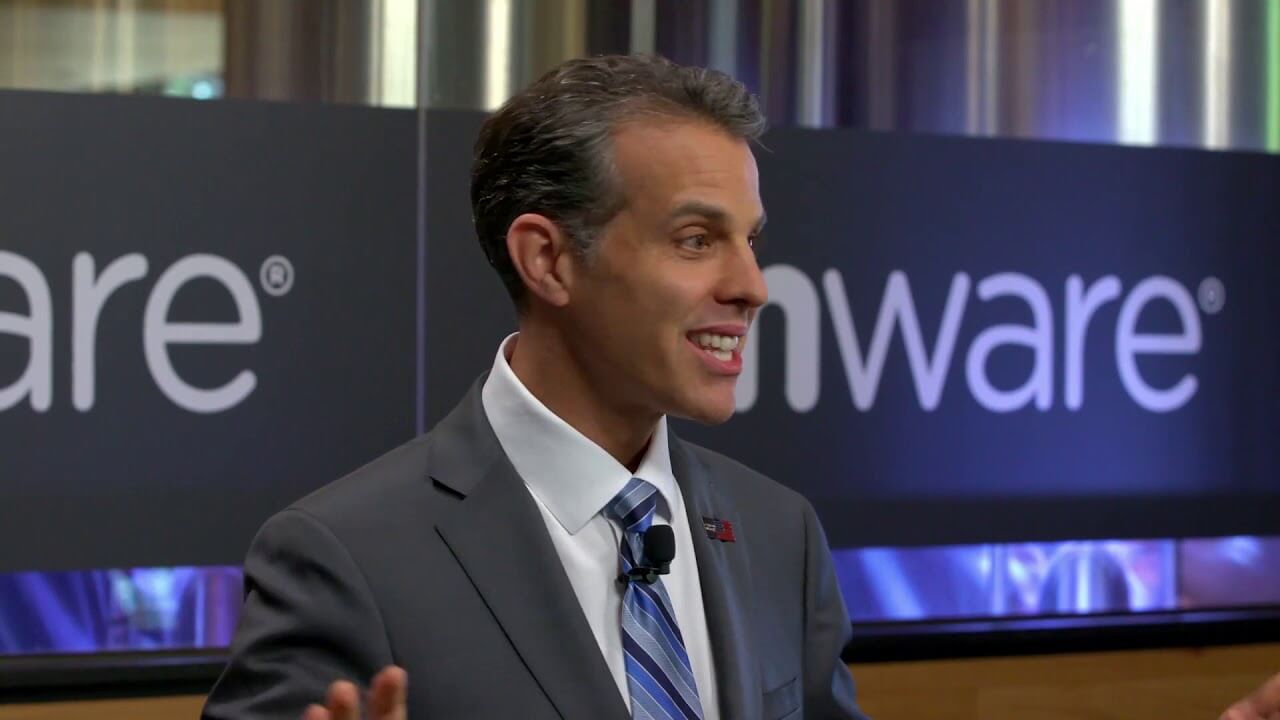Former FBI employee Eric O’Neill managed to hunt an infiltrated cyber spy who sold information to Russia for more than 20 years, thanks to his PDA.
At 22, the then Washington law student, Eric O'Neill, was recruited by the FBI to be part of a team responsible for cybersecurity in the department.
His mission was to become a "ghost," an undercover cash dedicated to following the suspects, under the alias of Werewolf.
Four years after his recruitment, special agent Gene McClelland called him on a Sunday morning to entrust him with the "mission of his life": stop Robert Hanssen, an FBI agent considered the first cyber spy in the United States, an active member of Opus Dei and who was intervened, among numerous secret material, audiovisual archives of sexual encounters with his wife.
Robert Phillip Hanssen, was an FBI agent since 1976 who spied for the Soviet Union and later for post-communist Russia for more than 20 years until his arrest on February 18, 2001 in Foxstone Park, in the state of Virginia.
"He was one of us and we were not prepared," O'Neill recalls in Miami, where he participated in the first cybersecurity summit organized by the Acronis company.
O'Neill, won the trust of who was known among the peers as "Doctor Death" since he recorded each movement and each conversation on a floppy disk that delivered timely to their supervisors.
In January 2001 Hanssen obtained an alleged new assistant, Eric O'Neill, who realized that Hanssen was using a Palm III PDA to store all his information.
O'Neill decided to schedule an unexpected visit to the office of a superior who invited Hanssen to practice shooting. Weapons were one of Hanssen's obsessions, he always had one or two on top.
Hanssen did not have time to react and, for the first time, left the PDA in the briefcase. O'Neill had only a few minutes, it was the perfect opportunity for the counterintelligence team to access personal files. O'Neill picked up the device and ran to an office where some colleagues were waiting to copy the files.
After the meeting, O'Neill intentionally chose a return route where he knew there would be a traffic jam to give more time to his teammates. They discovered that the FBI agent, who was assigned the code name Gray Day, had sensitive documentation, which included information on the US nuclear arsenal, and communications with Russian agents signed as Ramón GarcÃa or as simply B.
After the meeting, O'Neill intentionally chose a return route where he knew there would be a traffic jam to give more time to his teammates. They discovered that the FBI agent, who was assigned the code name Gray Day, had sensitive documentation, which included information on the US nuclear arsenal, and communications with Russian agents signed as Ramón GarcÃa or as simply B.
On an earlier occasion he was discovered with sensitive material and claimed that he had it to demonstrate the lack of protection. That was part of his job, Hanssen said.
After having managed to decode the encrypted content, the FBI already had the additional evidence it needed.
The PDA revealed when and where the delivery was going to take place: on Sunday, February 18, 2001 at eight o'clock at night at the Foxstone Park in Virginia.
Hanssen had spent the day with his family and his friend Jack Hoschouer, who he took to the airport and fired him at the boarding gate. When he returned, he took the files wrapped in waterproof material and went to a wooden bridge in the park, left the package on one of the pillars under the structure, returned to the road and smiled. Then the FBI agents appeared, who surrounded him with guns. "Pistols are not necessary," said Hanssen. "
The information intervened and subsequent records revealed a hitherto unknown aspect of this Opus Dei member of daily mass. Robert Hanssen recorded his sexual relations with his wife and shared them with Hoschouer.
Messages were also detected on internet chats in which he described the details of his sex life and records of numerous encounters with a dancer from a Washington strip club, to which, after delivering valuable gifts, including a brand car Mercedes, left shortly before his arrest.
They were evidences of the double life that Hanssen led in all areas for more than 20 years and to which those closest to him, including his family, were alien. It was the end of the one considered by the Department of Justice as "the worst intelligence disaster in the history of the United States."

